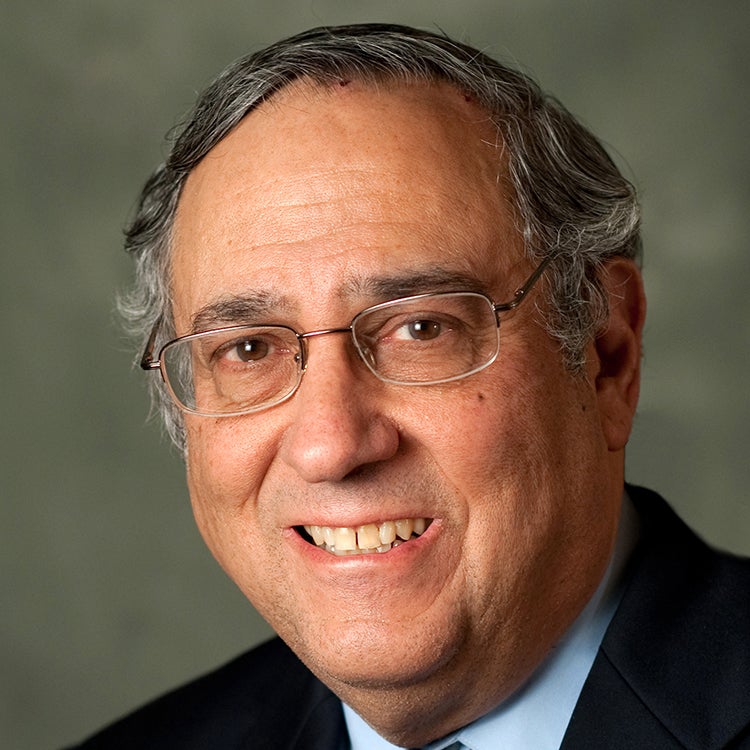December 6, 2016
While Hillary Clinton captured 70 percent of the overall Jewish vote, as predicted, in last month’s election within Orthodox Jewish enclaves such as Borough Park, Brooklyn and Lawrence, L.I., President-elect Donald Trump won over 75 percent of the votes cast.
Nationally, Clinton did considerably better, outpolling Trump 56-39 percent among Orthodox voters, albeit well below her performance among Jewish voters generally. Moreover, Orthodox voters have been shifting toward the Republican ranks since Ronald Reagan’s 1980 victory, a trend broken only in 2000 when Al Gore, with Sen. Joe Lieberman as his running mate, succeeded in capturing a majority of Orthodox Jewish votes. Somewhat surprisingly, Clinton appears to have done as well, notwithstanding the clear voting trend over the past generation.
In some respects, the political divide between Orthodox and non-Orthodox voters is healthy in suggesting that Jewish votes may not be taken for granted and that Jewish political influence may be exercised within both political parties. Yet given that there will be increased Orthodox visibility and presence in the years ahead, the implications for the community in general and for pro-Israel advocacy in particular must be weighed accordingly.
Orthodox demographic growth is readily evident. Although comprising but 10 percent of the adult Jewish population, Orthodox Jews make up 27 percent of Jews under the age of 18 and 35 percent of those under 5. Only the Orthodox enjoy an above-replacement level birth rate, averaging over four children per family.
Orthodox commitment to Israel is passionate and generally intensified by one-year gap study programs in Israel following high school graduation. Orthodox Jews are highly likely to engage in pro-Israel activities on campus. If current trends continue, within a generation Orthodoxy likely will remain a minority religious movement within American Judaism, but contain a plurality if not a majority of the community’s activists and pro-Israel advocates.
The implications of this transformation are huge:
First, most of the demographic growth is occurring within the charedi, or ultra-Orthodox, rather than centrist sectors of Orthodoxy. Presently, charedim outnumber centrists by a factor of 2:1, and that gap will only widen given the extraordinarily high charedi birth rates.
Second, underlying the U.S.-Israel “special relationship” has been its generally broad and bipartisan support within American public opinion. Future Orthodox predominance in pro-Israel advocacy, however, may suggest that the cause of Israel is largely a “conservative” one rather than a common one bridging liberals and conservatives alike. This shift is already evident on several elite college campuses, and is often exploited by Israel’s critics and foes.
Most importantly, Orthodox Jews largely diverge from American-Jewish consensus positions on critical questions confronting Israel’s future as a Jewish state. For example, 80 percent of American Orthodox Jews favor expansion of West Bank settlements, and only 16 percent perceive settlements as a problem (Pew, 2015). More tellingly, 69 percent oppose the establishment of a Palestinian state, a position shared by fewer than 40 percent of Conservative and Reform Jews (AJC, 2005). And while 70 percent of Orthodox Jews in the U.S. are satisfied with Israeli Orthodoxy’s control over personal-status issues of marriage and conversion to Judaism, only 14 percent of other American Jews agree (AJC, 2016). Put simply, Orthodoxy’s dissent over defining Israel’s future as a Jewish state points to a serious divide within pro-Israel advocacy.
What, then, needs to be done? First, it is critical to institute transdenominational dialogue. Most non-Orthodox communal leaders have never shaken hands, let alone conducted a serious discussion on Jewish public affairs, with charedi counterparts. At present, the latter are deeply interested in outreach and may well welcome the opportunity to exchange ideas over matters of common Jewish interest. To be sure, the initiative may often prove frustrating, given very real and significant communal divisions. But we owe it to the Jewish people and to the cause of Israel to make the effort at common bridge-building.
Second, as suggested earlier, Orthodox high school education, especially when followed by Israel study experiences, nurtures the passion and commitment necessary for effective pro-Israel advocacy on college campuses. Yet effective advocacy requires in-depth knowledge, sophisticated understanding of issues and the capacity to hear opposing opinions. Ironically, while remarkable progress has been made in introduction of the Holocaust into secondary school curricula, the story of Israel — the greatest success story of modern Jewish history — has received relatively short shrift. Significant investment is necessary in studying the origin of the Arab-Israeli conflict, the complexities of the refugee problem, whether West Bank settlements are in fact an obstacle to peace and, more generally, a vision of Israel as a Jewish and democratic state and how that vision may be realized.
Last, notwithstanding its demographic strength and passionate dedication, the Orthodox community cannot do the job alone. The “middles” of Jewish life — active Conservative and Reform Jews — long have provided the architectural backbone of Jewish communal and institutional life. Sustaining those communal structures will require both the conviction that intensive Jewish life is worth leading and an ethos of interdenominational cooperation. All Jews must recognize that the Jewish people, in all its diversity, is far broader and its collective interests far more significant than the concerns of any one of its multiple sectors.
Steven Bayme serves as national director, Contemporary Jewish Life, AJC. This essay is adapted from a recent AJC publication, “As American Orthodoxy Grows, What Will Happen to Pro-Israel Advocacy?” It was originally commissioned by the Lisa and Michael Lefell Foundation.



